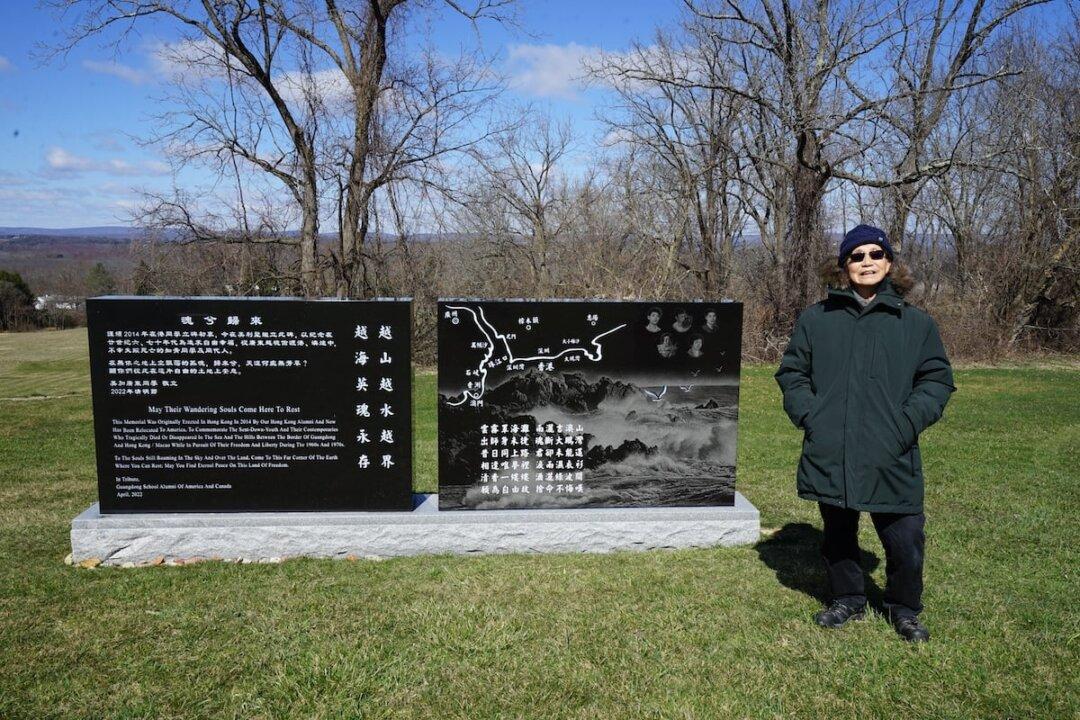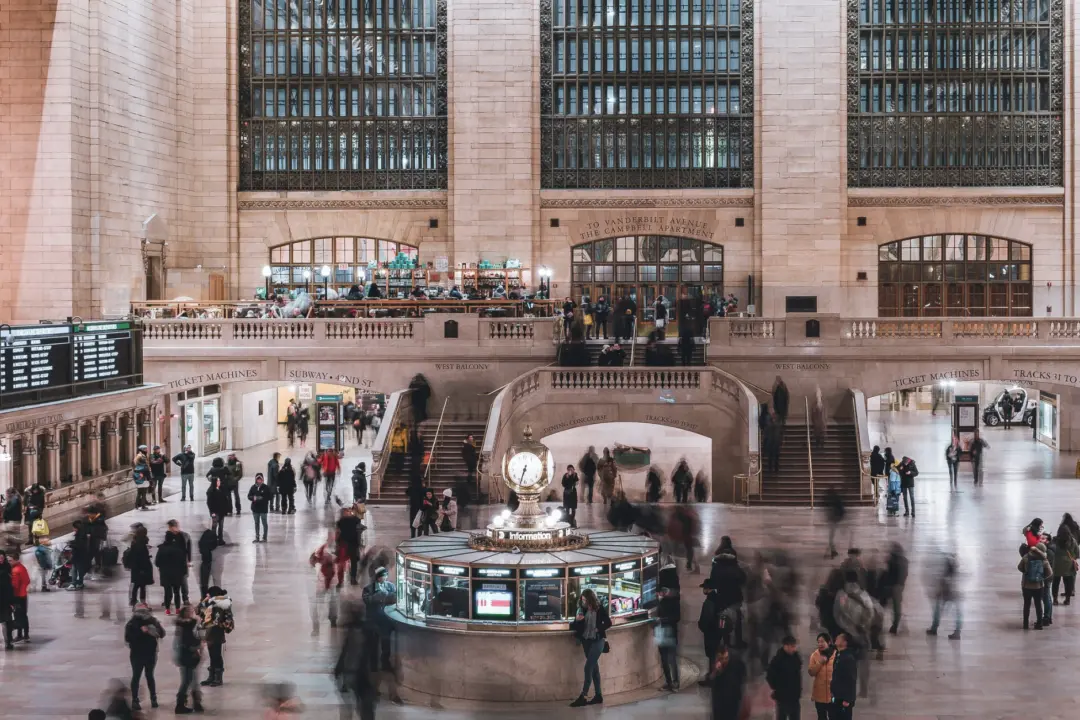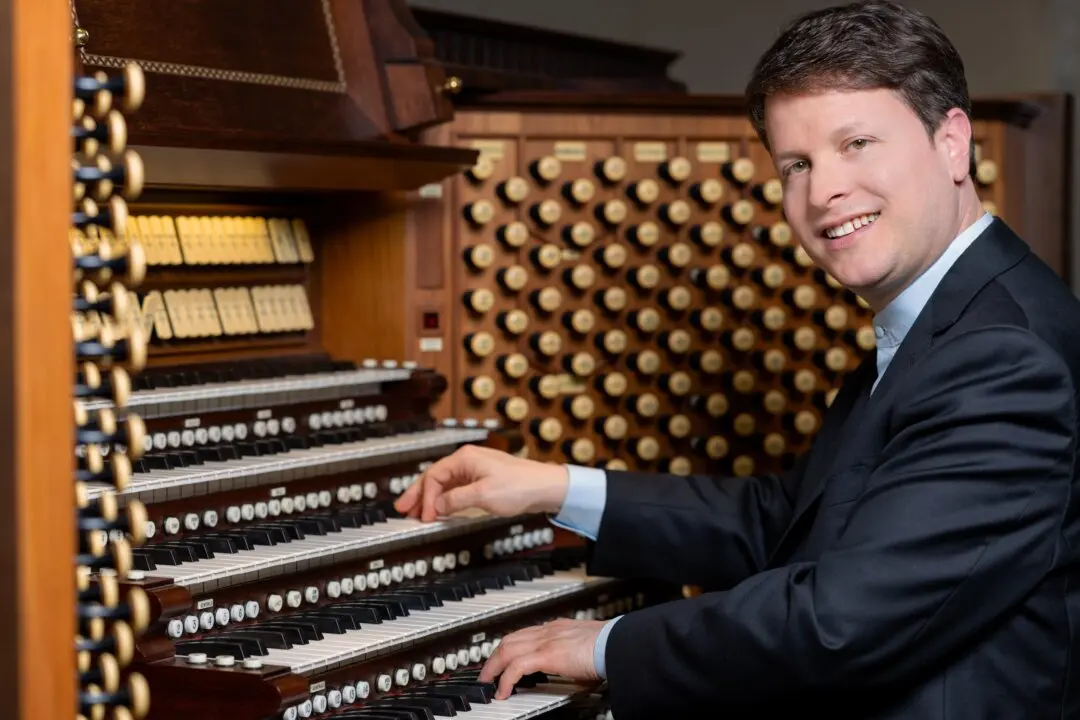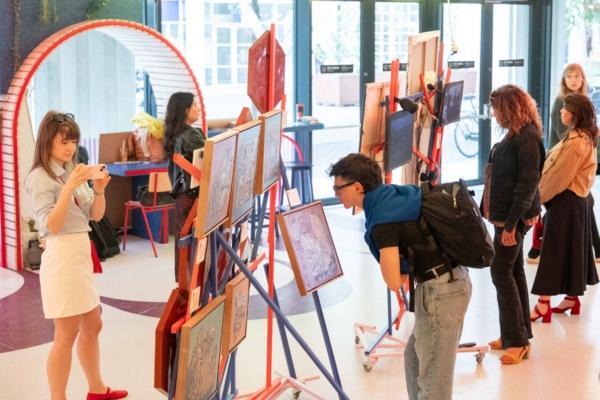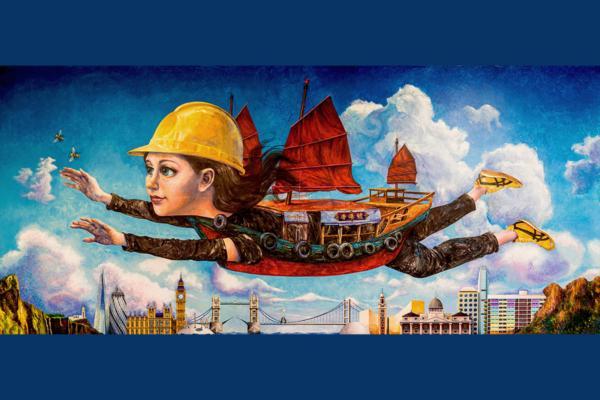A leading figure of the Red Guards, who symbolized glory in China during the Cultural Revolution and eventually escaped to Hong Kong, said he has seen history repeat for the city’s freedom seekers.
Lau (born Liu Guoxuan), a Red Guard who fled to Hong Kong in his youth, passed away in New York on May 4 at 77. Mr. Lau, who contributed significantly to establishing a monument commemorating youths who died while fleeing communist China during the Cultural Revolution, spoke to The Epoch Times in March last year.
